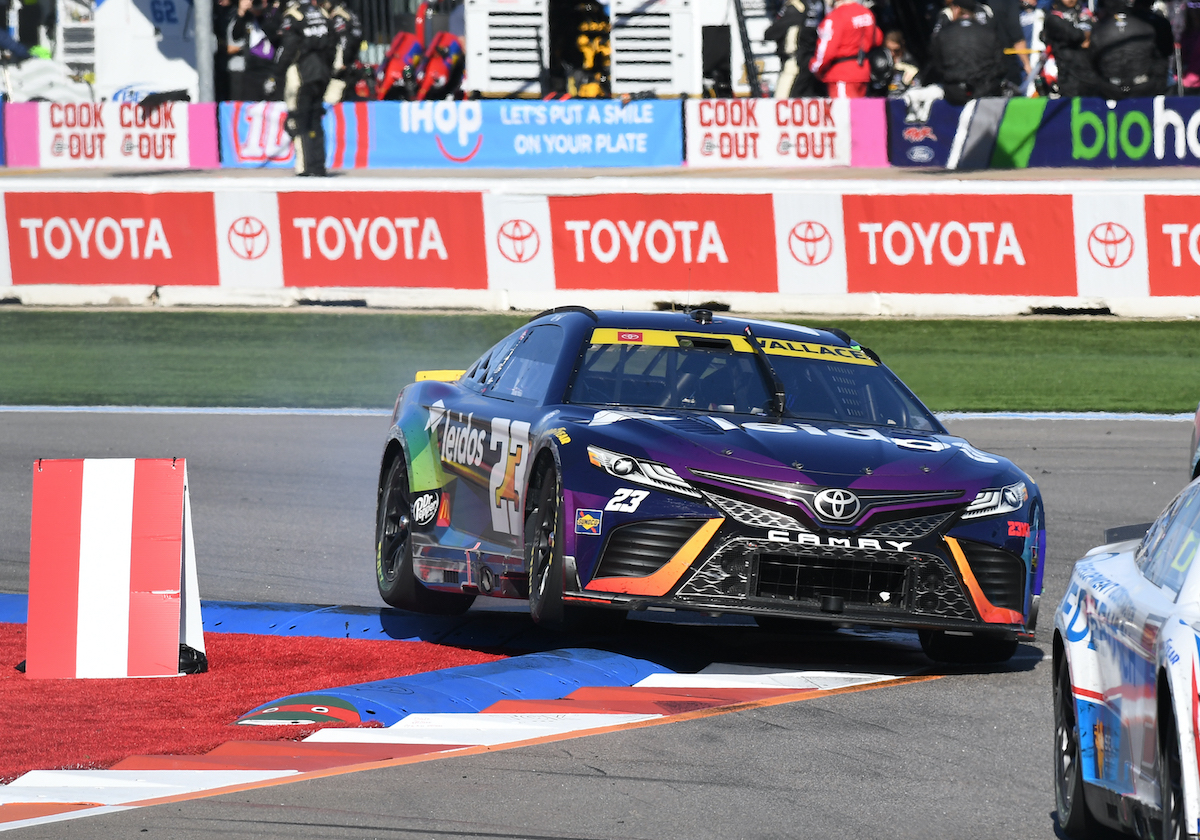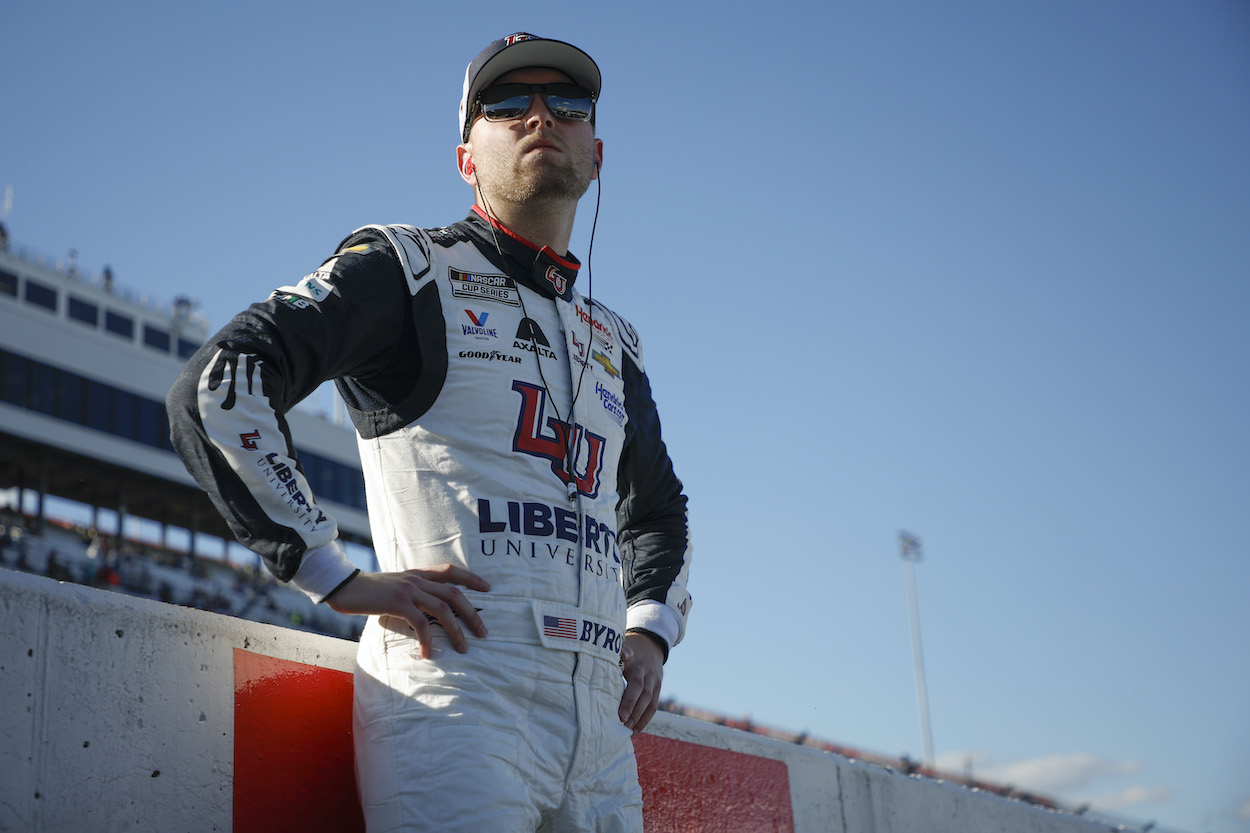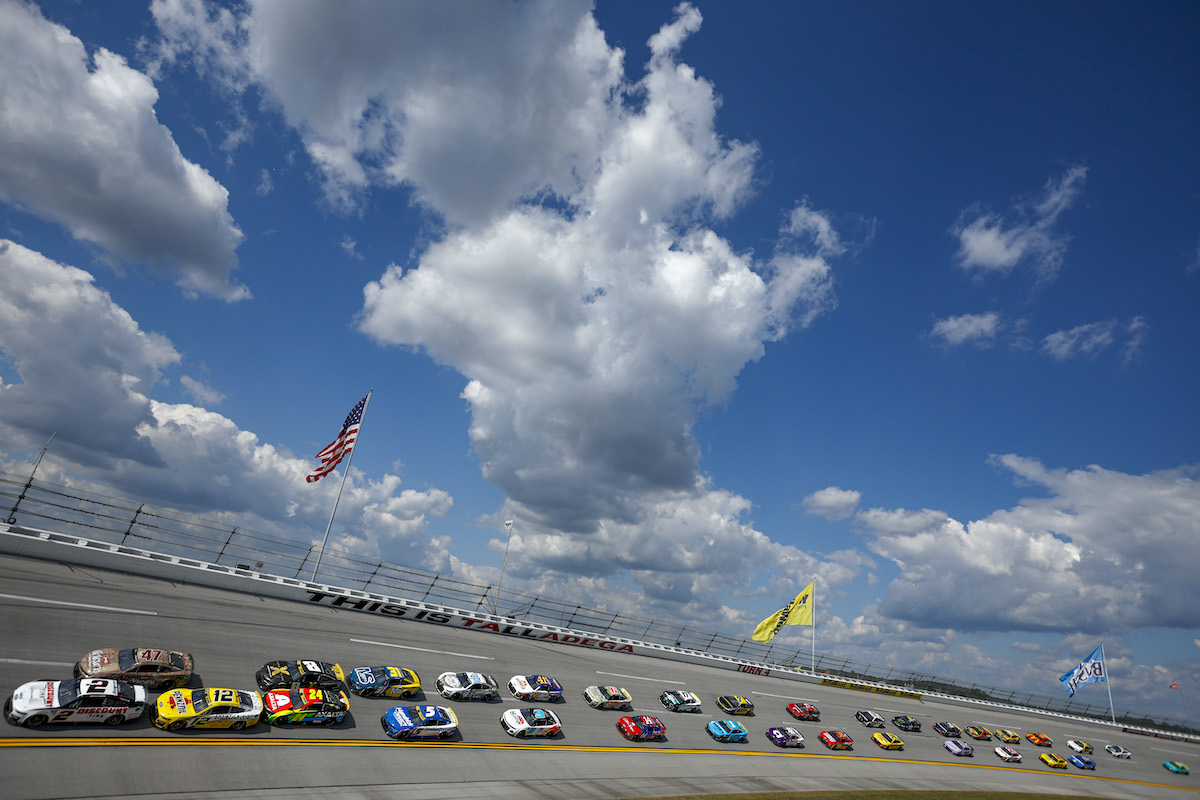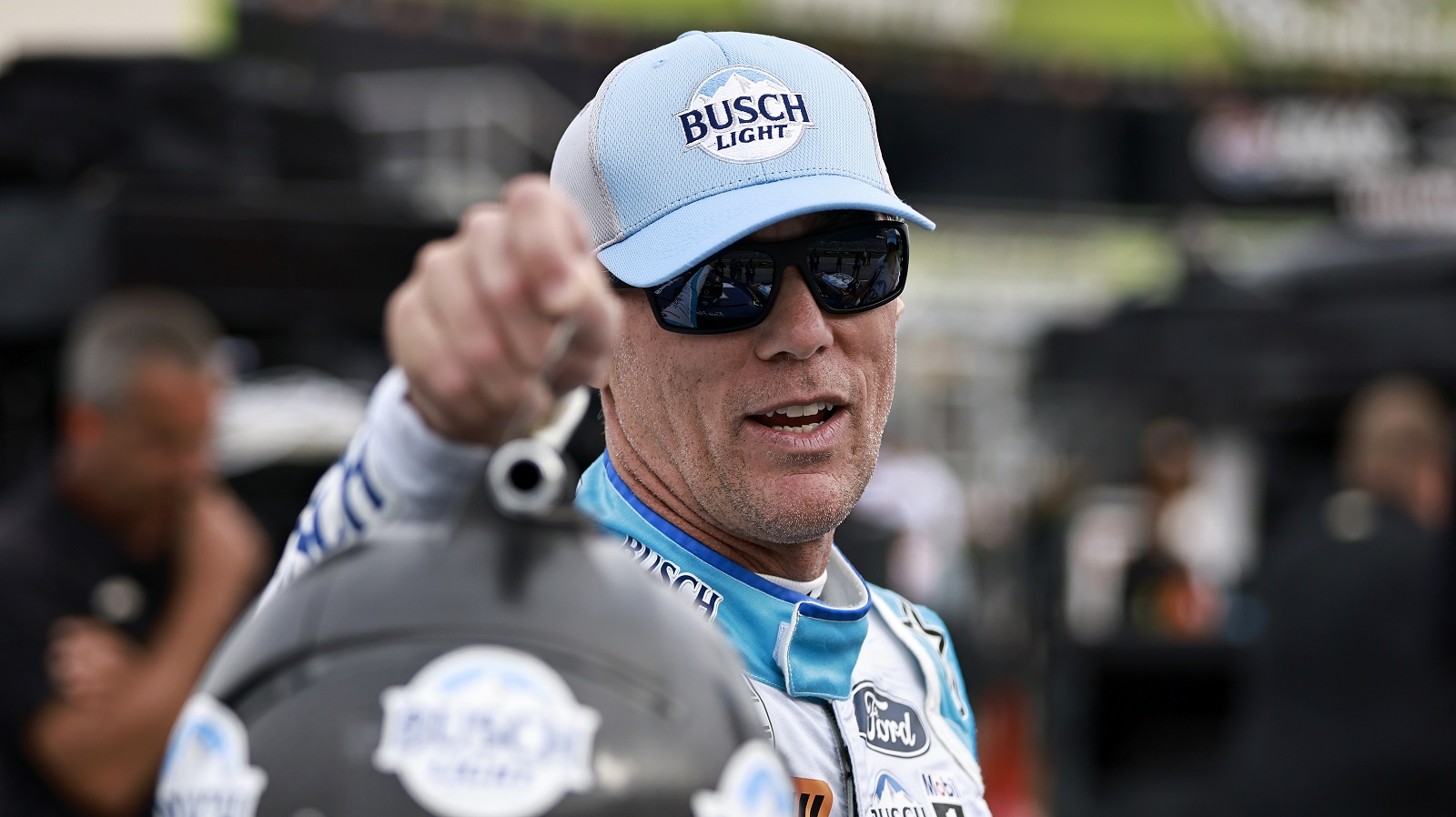
Kevin Harvick Is in the Right Church but the Wrong Pew With Criticism of NASCAR’s Indianapolis Race
The NASCAR Cup Series is heading toward the meat of its road-course schedule, a series of races that will help determine the field for the playoffs when September rolls around.
Veteran driver Kevin Harvick is correct when he says one of the road courses has no business being on the schedule, but he is citing the wrong reason.
Road races are a big piece of NASCAR’s remaining schedule
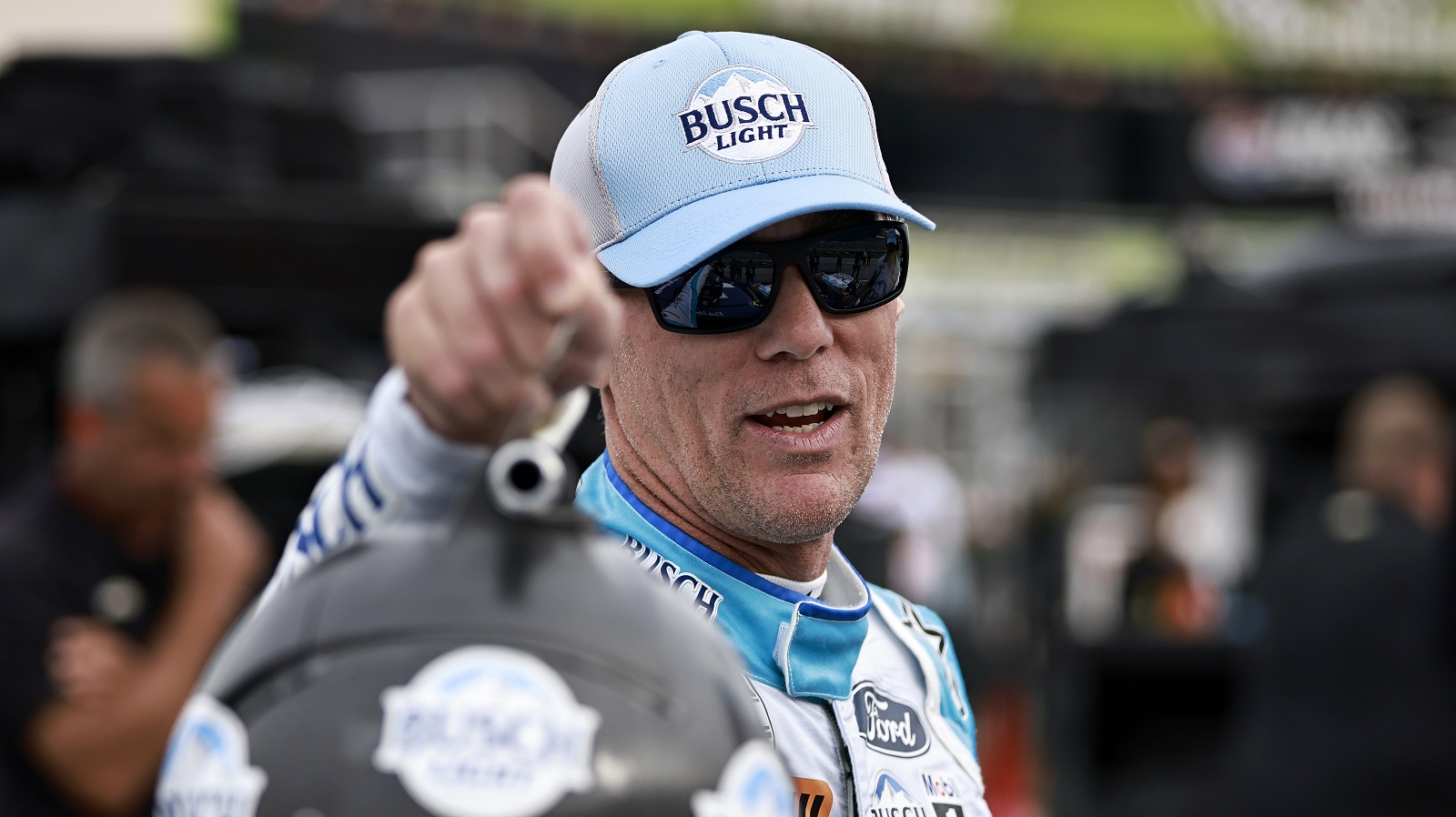
Once the NASCAR Cup Series concludes Sunday’s Enjoy Illinois 300 at World Wide Technology Raceway, road courses begin the play a big role in the schedule:
- June 12: Sonoma Raceway.
- July 3: Road America.
- July 31: Indianapolis Motor Speedway.
- Aug. 21: Watkins Glen International.
Drivers have already competed at Circuit of the Americas, and there’s also the October playoff race at the Charlotte Roval, making a total of six road courses for the season. Some racing purists think that’s too many.
NASCAR bumped up the number a year ago to add variety after hearing complaints about too many cookie-cutter intermediates and too many tracks with multiple dates each season. Finding the right balance will likely remain a perpetual issue. This year, for instance, the Next Gen car has contributed to relatively positive fan reactions to races on the 1.5-mile tracks at Las Vegas, Kansas, and Charlotte.
By contrast, races on the short tracks have been duds less than a year after fans were clamoring for NASCAR to add more tracks similar to Martinsville and Bristol.
NASCAR veteran Kevin Harvick wants to get off the Indianapolis road course
Multiple factors determine whether a race is a good one or a bad one in the eyes of racing fans. Invariably, the amount of passing that takes place at or near the lead is a major factor, something that has been borne out repeatedly in weekly polls conducted on Twitter by Jeff Gluck of The Athletic since 2016.
The NASCAR Cup Series has been running at Indianapolis Motor Speedway since the introduction of the Brickyard 400 in 1994. The first 27 years of races were conducted on the 2.5-mile oval, but attendance died off because the show wasn’t that interesting, confirmed by Gluck’s polls.
Finally, NASCAR moved the race onto the road course last season, and it returns there this year. But now that the next Gen car has been making a positive impression on intermediate tracks and the 2-mile circuit at Fontana, there’s a question whether NASCAR should return to the Indy oval next year.
Kevin Harvick wants to see that happen.
“I hate driving into the Brickyard and driving backward down the straightaway and driving the road course,” he told Motorsport. “I think it is terrible for our sport and almost degrading to a certain degree that you take the best racing series in the country and take it to what most would consider one of the greatest race tracks in the world but race on the road course.”
Kevin Harvick is right but for the wrong reason
Even the horrendous All-Star Race at Texas Motor Speedway hasn’t discouraged people from asking whether now-exciting races on 1.5- and 2-mile tracks could be replicated on Indianapolis’ 2.5-mile oval.
“It could be the greatest race on earth,” Kevin Harvick said. “What is the real ingredient that made Charlotte so much better than Texas? I don’t know. I don’t think anybody knows. You just have to do it.
“I think that would be the only way you would find out.”
It may be worth giving the Indianapolis oval another shot, especially since NASCAR probably schedules one too many road courses these days. But NASCAR’s mistake there wasn’t in switching to the road course. Rather, it was coming to IMS in the first place.
While Harvick is correct that the track is practically a cathedral to the racing community, Indianapolis Motor Speedway is first and foremost a superspeedway crafted for open-wheel racing. Of the track’s 100 most memorable moments, at least 95 of them are from open-wheel racing. Indianapolis 500 speeds dwarf what NASCAR drivers can post, so stock-car racing pales by comparison, especially when we have years of data showing how difficult passing was with the Car of Tomorrow/Gen 6 models.
NASCAR has superspeedways at Daytona and Talladega. It also has Pocono, which is as big but resembles an intermediate track in performance. And now Atlanta is behaving like a superspeedway.
The sport doesn’t need to be at Indianapolis or any other big track beyond what it already has. But if NASCAR insists on being there, the road course is the better option until testing confirms that the success of the Next Gen car at Charlotte and Kansas will translate to the Indy oval.
Like Sportscasting on Facebook. Follow us on Twitter @sportscasting19 and subscribe to our YouTube channel.
